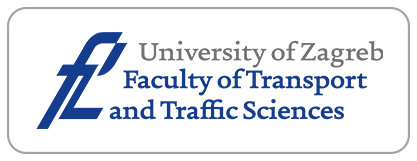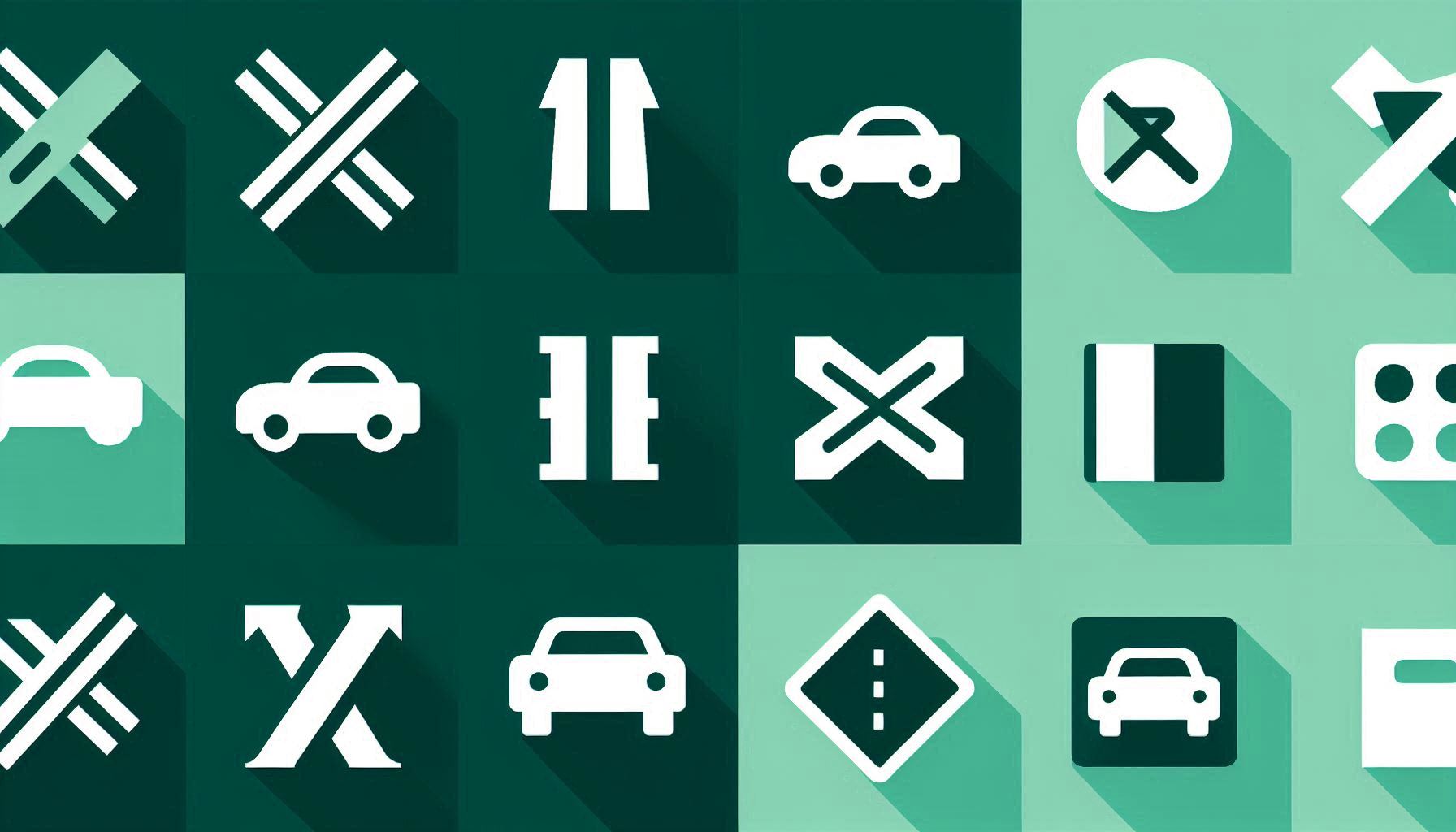Aluminium Foams in the Design of Transport Means

Downloads
The focus of this paper is on improving the energy absorption characteristics of aluminium foams considering the significance of their application for the technology of traffic and transport.
The paper analyzes the influence of the chemical composition and density on the compression behaviour of aluminium foam. The aluminium foam samples were produced from Alulight precursor. The capability of samples to absorb mechanical energy has been estimated according to the results of compression tests. The tests were performed on a universal test machine. The test results showed that aluminium foams feature good energy absorption and the absorption capability decreases with the foam density. The Alulight AlMgSi 0.6 TiH2 - 0.4 foam can absorb more energy than Alulight AlSi 10 TiH2 – 0.8 foam.
Downloads
European Commission, Towards a European road safety area: policy orientations on road safety 2011-2020, Brussels, 20.07.2010.
Jermakian, J.S.: Crash avoidance potential of four passenger vehicle technologies, Accident Analysis and Prevention 43(2011) 732-740
Bošnjak, I., Mandžuka, S., Šimunović, Lj.: Mogućnosti inteligentnih transportnih sustava u poboljšanju stanja sigurnosti u prometu, HAZU 2007
Šimunović, Lj., Bošnjak, I., Mandžuka, S.: Intelligent Transport Systems and Pedestrian Traffic, Promet-Traffic &Transportation, Vol.21, 2/2009, 141-152
Rotim, F.: Sudari vozila, Svezak 3: Elementi sigurnosti cestovnog prometa, Znanstveni savjet za promet HAZU, Zagreb 1991
Degischer, H.P.: Innovative light metals: metal matrix composites and foamed aluminium, Materials & design, Vol.18, Nos.46, pp. 221-226, 1997
Banhart, J.: Manufacture, characterisation and application of cellular metals and metal foams, Progress in Materials Science (2001) 46, 559-632
Baumeister, J., Banhart, J., Weber, B.: Aluminium Foams for Transport Industry, Materials & Design (1997) 18(4/6), 217-220
Hall, I.W., Guden, M., Yu, C.J.: Crushing of aluminium closed cell foams: Density and strain rate effects, Materialia (2000), 43, 515-521
Simancik, F.: Metallic foam – ultra light materials for structural applications, Inzynieria Materialowa (2001) 5, 823-828
Priorities for EU motor vehicle safety design, European Transport Safety Council, Brussels, 2001
Lambert, J., Rechnitzer, G.: Review of truck safety: Stage 1: Frontal, side and rear underrun protection, Monash University, Accident research centre, Clayton, 2002
Haworth, N., Symmons, M.: Review of truck safety – Stage 2: Update of crash statistics, Monash University, Accident research centre, Clayton, 2003
Yu, C.J., Eifert, H.H., Banhart, J., Baumeister, J.: Metal Foaming by a Powder Metallurgy Method: Production, Properties and Applications, Materials Research Innovations (1998) 2: 181-188
Tingvall, C. et al.: The properties of Safety Performance Indicators in target setting, projections and safety design of the road transport system, Accident Analysis and Prevention 42(2010) 372-376
Mamalis, A.G. et al.: Crashworthy capability of composite material structures, Composite structures 37(1997) 109-134
Jones, N.: Energy-absorbing effectiveness factor, International Journal of Impact Engineering 37(2010)754-765
Maine, E.M.A., Ashby, M.F.: Applying the investment methodology for materials (IMM) to aluminium foams, Materials & Design, 23(2002)307-319
Strivastava, V.C., Sahoo, K.L.: Processing, stabilisation and applications of metallic foams. Art of science, Materials Science-Poland, Vol.25, No.3, 2007.
Wood, D.P. et al.: Limits for survivability in frontal collisions: Theory and real life data combined, Accident Analysis & Prevention 39(2007)679-687
Miyoshi, T., Itoh, M., Mukai, T., Kanahashi, H., Kohzu, H.: Enhancement of energy absorption in a closed-cell aluminium by the modification of cellular structures, Scripta Materialia (1999), 41(10), 1055-1060




















